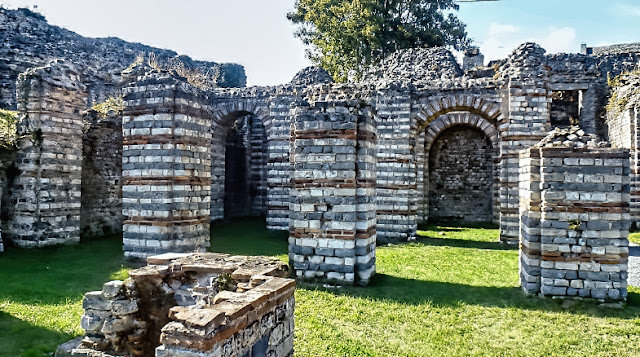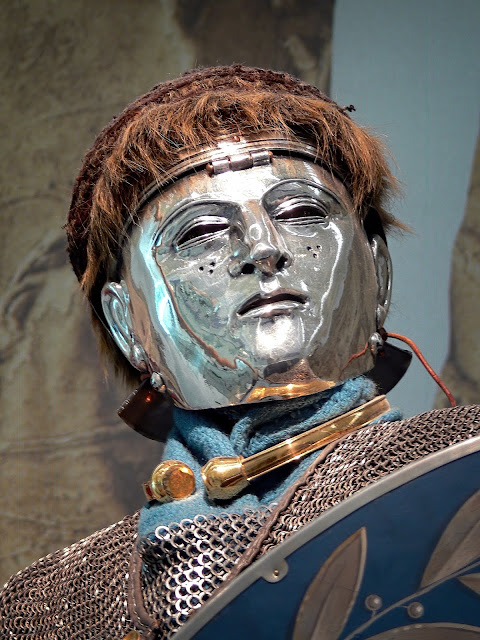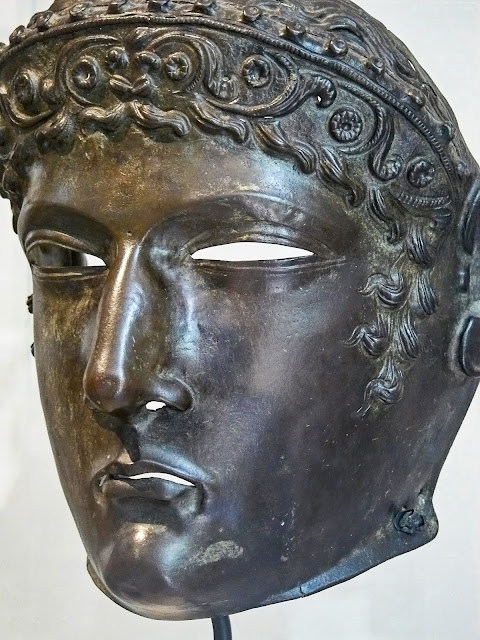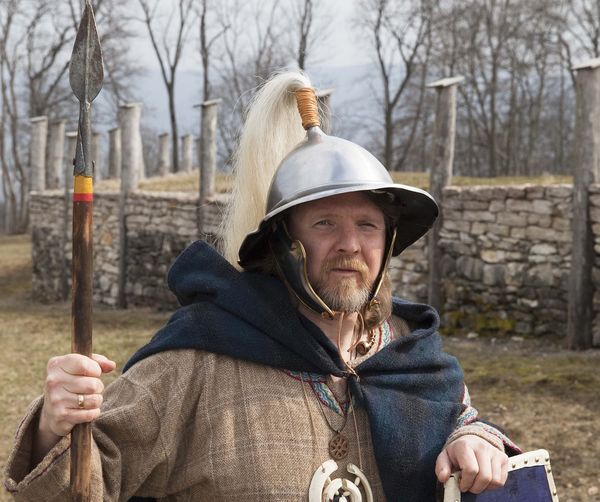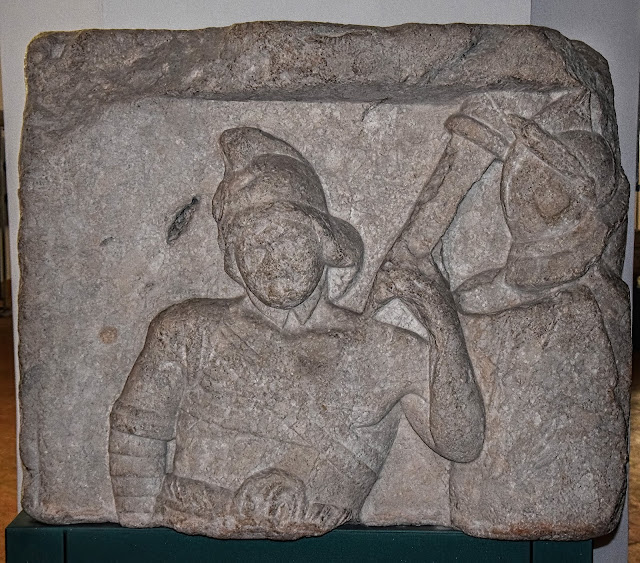Remains of ancient Aventicum at the Musée Romain d'Avenches, Avenches, Switzerland

Remains of ancient Aventicum at the Musée Romain d'Avenches, Avenches, Switzerland. Aventicum was the largest town and capital of Roman Switzerland (Helvetia or Civitas Helvetiorum). The city was founded after the Helvetii were conquered by Julius Caesar in the early 1st century CE. Aventicum and the Helvetii land was incorporated into the Roman province of Gallia Belgica. Tacitus, writing about 69 CE, speaks of the Helvetians as originally a Gallic people, renowned for their valor and exploits in war, and he designates Aventicum as their Caput gentis. During the Year of the Four Emperors which followed Nero’s death, the civitas Helvetiorum supported Galba. Unaware of his death, they refused to accept the authority of his rival, Vitellius. The Legio XXI Rapax, stationed in Vindonissa and favoring Vitellius, stole the pay of a Helvetian garrison, which prompted the Helvetians to intercept the messengers and detain a Roman detachment. Aulus Caecina Alienus, a former supporter


